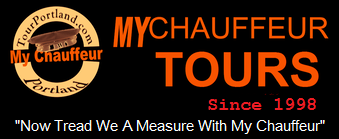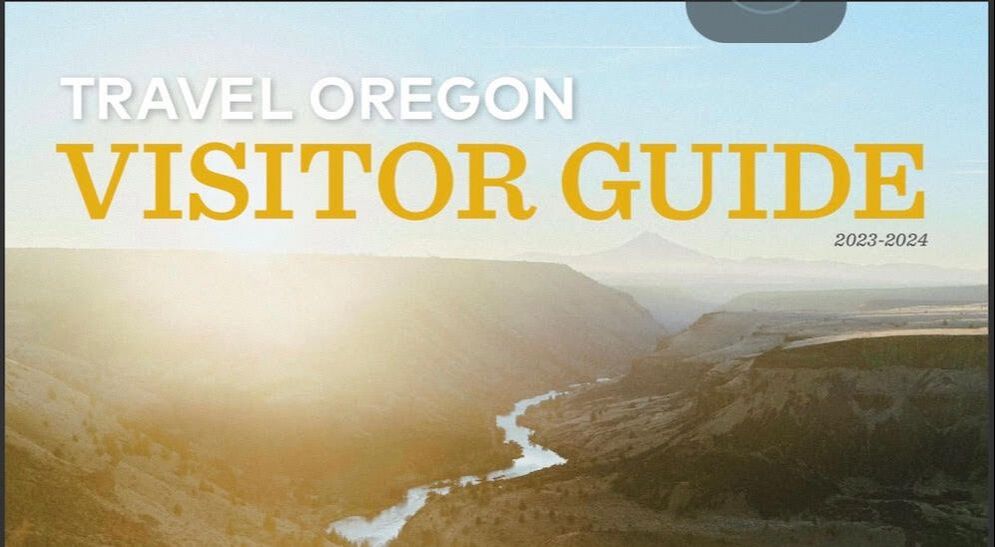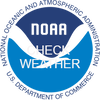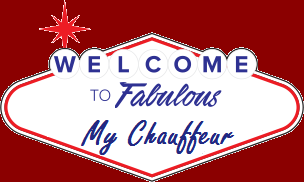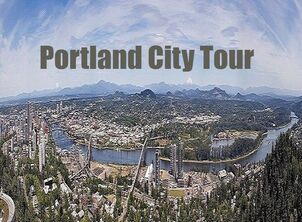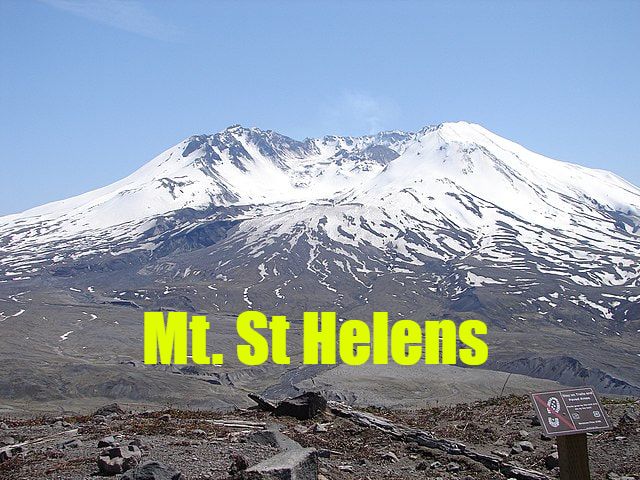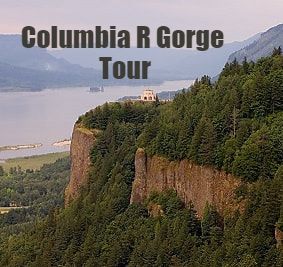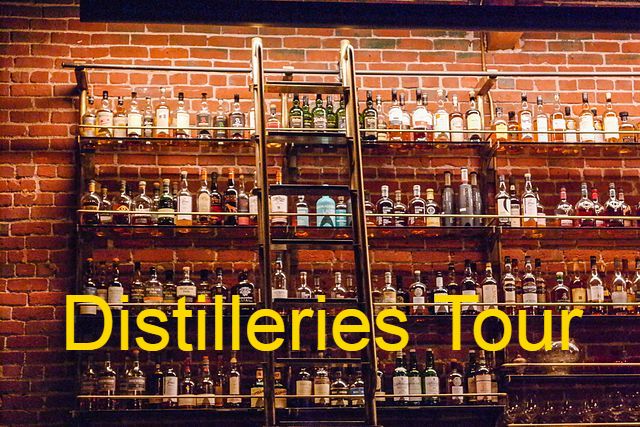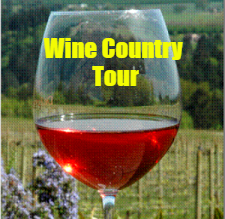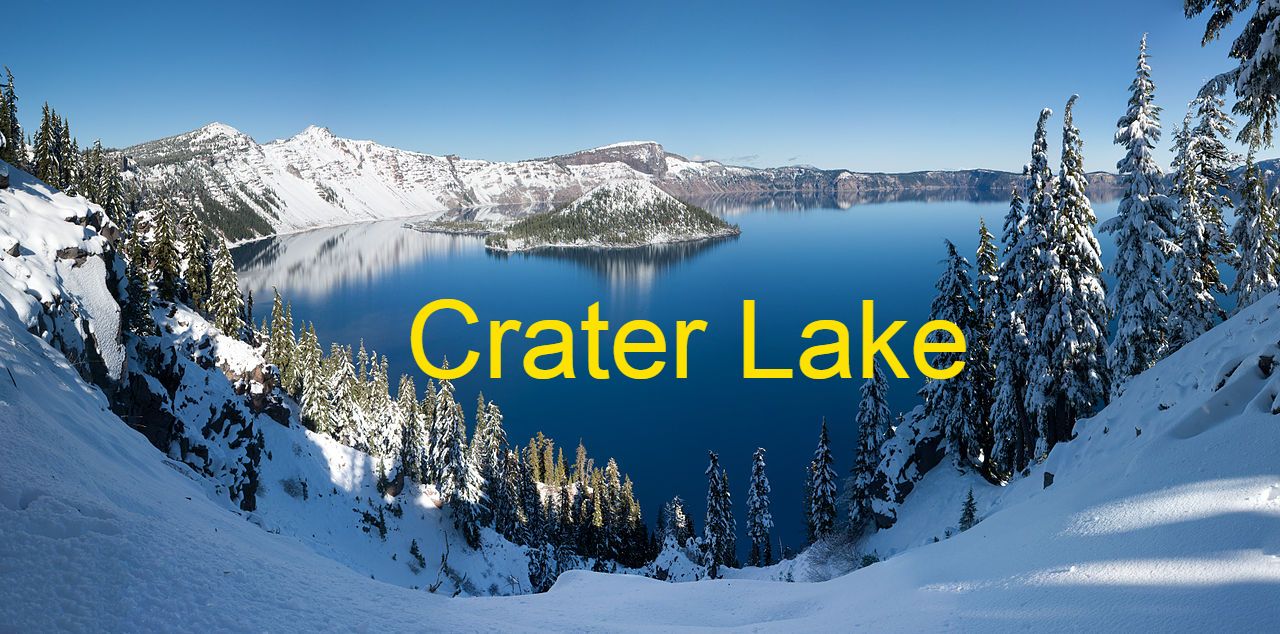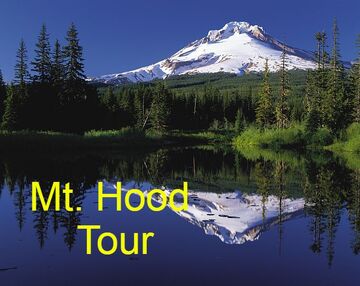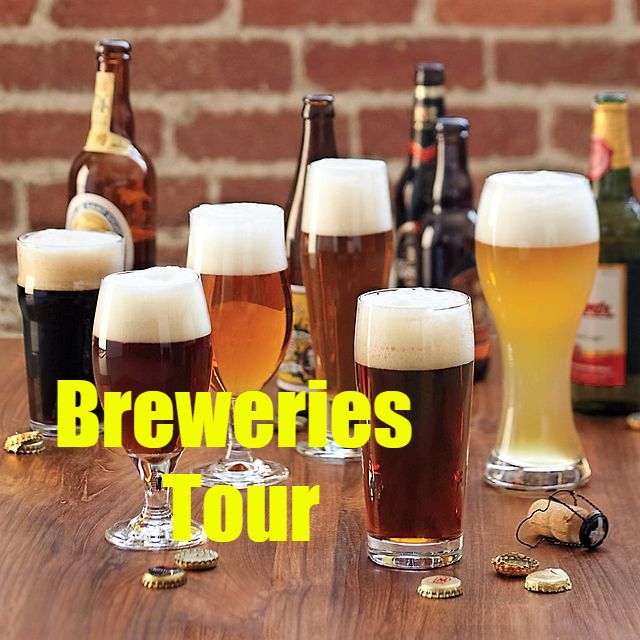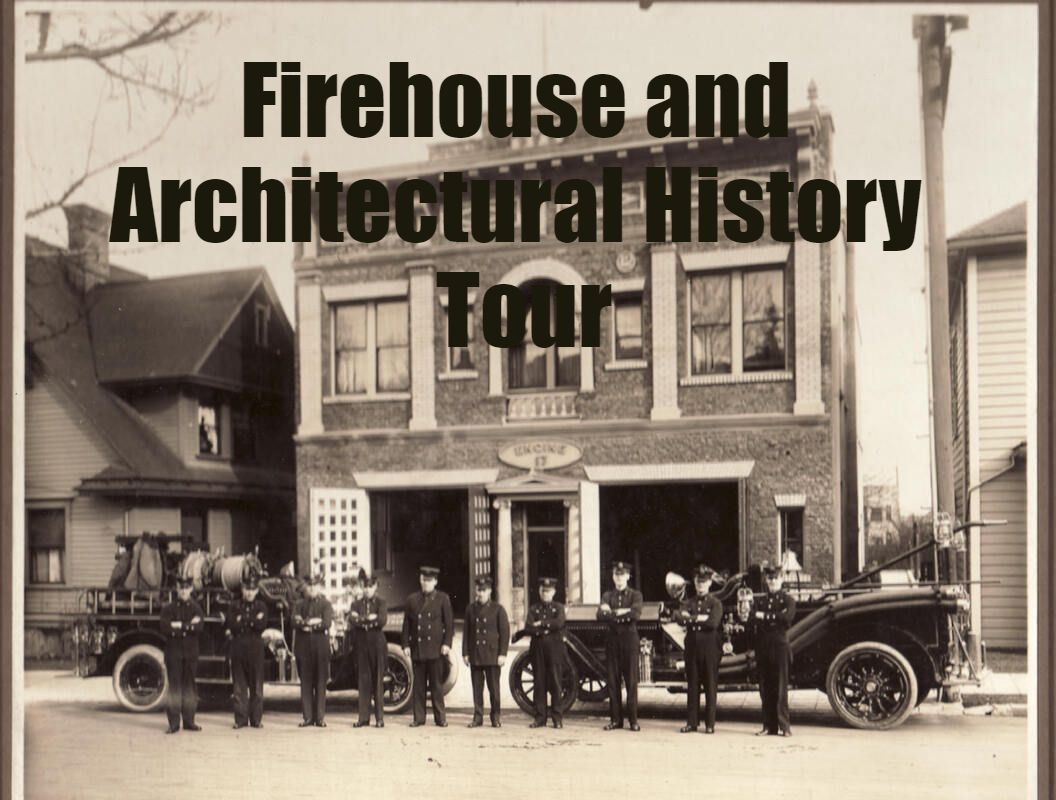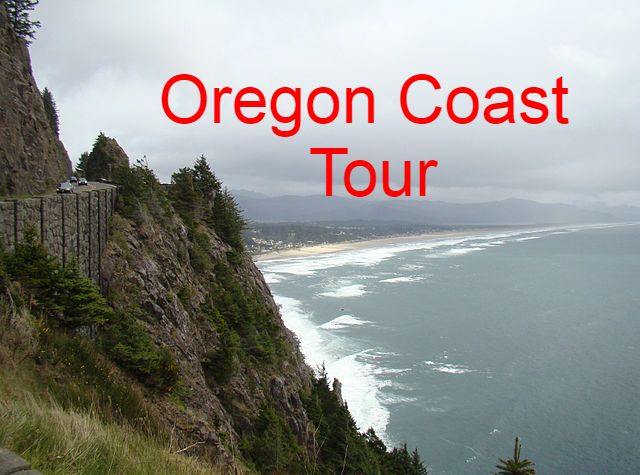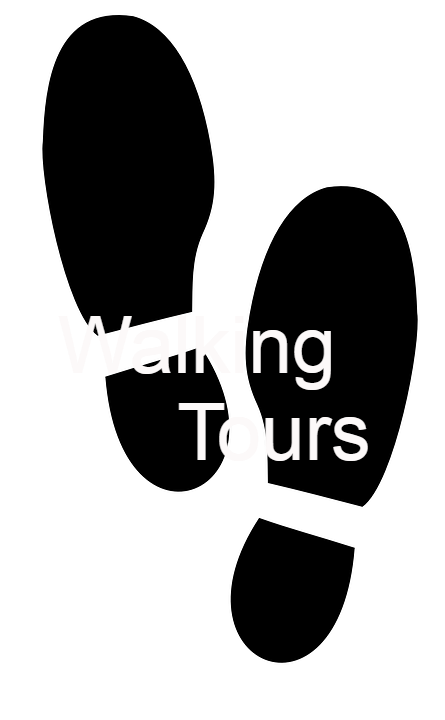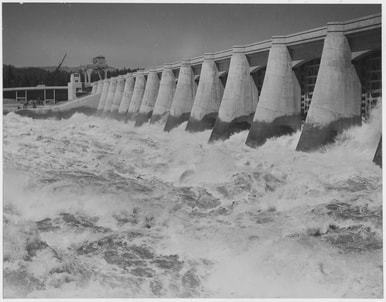
Built in the 1930s during the Great Depression, the lock & dam is the oldest of about 14 federal dams built on the Columbia River. Enjoy watching salmon and other fish swim up the ladders; take a tour and visit the powerhouse and the navigation lock. The historic Bonneville Fish Hatchery is located just below the dam (see below).
The Lewis and Clark Expedition camped here on Bradford Island (right) on April 9, 1806. During your visit to the Bradford Island Visitor Center you'll find displays that cover Lewis and Clark's local activity.
It was a FDR New Deal project aimed at providing hydropower production, fish and wildlife protection, recreation and navigation. Inside the visitors center you'll view the fish ladder, where fish return from the ocean to their birthplace to spawn. You may take a guided tour through the powerhouse, and watch the turbines at work. We will also visit the neighboring historic sturgeon pond & viewing center (see below). And if we see a tugboat or barge coming, we can hurry to the shipping canal to see them locked through to the upper level of the river.
Take a guided tour through the visitor's center & powerhouse and watch the turbines at work. The Washington Shore Facility (separate visitor center) offers something extra special. You can walk on top of an operating generator and look inside the spinning shaft.
Self-Guided tour: The Dam spans the Columbia River and links the two states. The facility features a fascinating array of interpretive hiking trails, historical exhibits, a store, 2 educational theaters, a guided tour of the powerhouse (see below), fish ladders and views of the spillway, day-use picnic areas for up to 100, hatchery tours, a full-fledged educational visitor's center, underwater fish-viewing windows to view Pacific Lamprey and Salmon, views of Table Mountain and wildlife viewing. A visit to Bonneville Dam will not disappoint. There are visitors' centers on both the Oregon and Washington sides of the dam, and we typically visit the Bradford Island Center on the Oregon side (see map above right). The hatchery is in a separate area (see below).
You may combine this stop with a Wahclella Falls hike.
Guided Powerhouse Tour: The First Powerhouse Tour provides an overview of Bonneville Dam and a view of the generators. If you are specifically interested in the production of electricity, you should consider visiting the Second Powerhouse on the Washington shore, where visitor areas have been created to allow you to safely walk on top of a running generator. Guided powerhouse tours are by appointment.
It is best to visit the dam in the months of April through September when the salmon are most abundant, but you can view fish at any time of the year. During the fall (September), when the Chinook run is at its peak, thousands of these massive fish pass up the dam every day. A highlight is where the underwater fish viewing windows give visitors a mesmerizing look at the fish inside the fish ladder. Fish Count: 541-374-4011
* Because of security concerns, visitors may be required to show ID, and it is not possible to cross the entire dam. During most of the year, more fish use the Washington shore fish ladders, so fish viewing may be better on the Washington side of the dam. Guided powerhouse walks (free; 45 minutes) on the Oregon side are scheduled hourly or bi-hourly from 10-4 daily and on the Washington side they are scheduled at 10:30, 1:30 p.m. and 3:30 p.m. every day. Call 541-374-8820 on the morning of your tour to check on tour availability or schedule a private tour for large groups. Self-guided tours of the facilities (9-5pm) are available anytime. For security reasons: Backpacks & purses are not allowed on the Powerhouse tour. In addition, a COMPREHENSIVE LIST OF ALL ATTENDEES ON THE POWERHOUSE TOUR IS REQUIRED. Give the list to your Bonneville Dam guide when you arrive at the Dam visitor center.
Bonneville Dam website
The Lewis and Clark Expedition camped here on Bradford Island (right) on April 9, 1806. During your visit to the Bradford Island Visitor Center you'll find displays that cover Lewis and Clark's local activity.
It was a FDR New Deal project aimed at providing hydropower production, fish and wildlife protection, recreation and navigation. Inside the visitors center you'll view the fish ladder, where fish return from the ocean to their birthplace to spawn. You may take a guided tour through the powerhouse, and watch the turbines at work. We will also visit the neighboring historic sturgeon pond & viewing center (see below). And if we see a tugboat or barge coming, we can hurry to the shipping canal to see them locked through to the upper level of the river.
Take a guided tour through the visitor's center & powerhouse and watch the turbines at work. The Washington Shore Facility (separate visitor center) offers something extra special. You can walk on top of an operating generator and look inside the spinning shaft.
Self-Guided tour: The Dam spans the Columbia River and links the two states. The facility features a fascinating array of interpretive hiking trails, historical exhibits, a store, 2 educational theaters, a guided tour of the powerhouse (see below), fish ladders and views of the spillway, day-use picnic areas for up to 100, hatchery tours, a full-fledged educational visitor's center, underwater fish-viewing windows to view Pacific Lamprey and Salmon, views of Table Mountain and wildlife viewing. A visit to Bonneville Dam will not disappoint. There are visitors' centers on both the Oregon and Washington sides of the dam, and we typically visit the Bradford Island Center on the Oregon side (see map above right). The hatchery is in a separate area (see below).
You may combine this stop with a Wahclella Falls hike.
Guided Powerhouse Tour: The First Powerhouse Tour provides an overview of Bonneville Dam and a view of the generators. If you are specifically interested in the production of electricity, you should consider visiting the Second Powerhouse on the Washington shore, where visitor areas have been created to allow you to safely walk on top of a running generator. Guided powerhouse tours are by appointment.
It is best to visit the dam in the months of April through September when the salmon are most abundant, but you can view fish at any time of the year. During the fall (September), when the Chinook run is at its peak, thousands of these massive fish pass up the dam every day. A highlight is where the underwater fish viewing windows give visitors a mesmerizing look at the fish inside the fish ladder. Fish Count: 541-374-4011
* Because of security concerns, visitors may be required to show ID, and it is not possible to cross the entire dam. During most of the year, more fish use the Washington shore fish ladders, so fish viewing may be better on the Washington side of the dam. Guided powerhouse walks (free; 45 minutes) on the Oregon side are scheduled hourly or bi-hourly from 10-4 daily and on the Washington side they are scheduled at 10:30, 1:30 p.m. and 3:30 p.m. every day. Call 541-374-8820 on the morning of your tour to check on tour availability or schedule a private tour for large groups. Self-guided tours of the facilities (9-5pm) are available anytime. For security reasons: Backpacks & purses are not allowed on the Powerhouse tour. In addition, a COMPREHENSIVE LIST OF ALL ATTENDEES ON THE POWERHOUSE TOUR IS REQUIRED. Give the list to your Bonneville Dam guide when you arrive at the Dam visitor center.
Bonneville Dam website
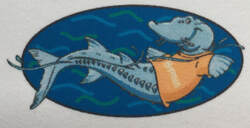
Historic Hatchery: We also see the spectacular historic fish hatchery and sturgeon pond & viewing center (A Unique Experience; view video). In the beautiful park-like setting; you'll see Herman the Sturgeon, the 11 foot long, 500 lb., 80 year old pre-historic fish lurking among his huge pre-historic relatives in the Sturgeon pond (below).
Fish Hatchery Video |
A male and female Lamprey building a nest after spending several years in the Pacific Ocean.
Video: Bureau of Land Management Oregon and Washington, CC BY 2.0 <https://creativecommons.org/licenses/by/2.0>, via Wikimedia Commons Strange looking creatures with a round sucking mouth and eel-like body, lampreys are the oldest fish alive today with a fossil record as far back as 500 million years!
Older than dinosaurs and even trees, this 450-million-year-old native species is an important part of the history and culture of the Pacific Northwest. The Pacific lamprey has a jawless mouth, third eye and no scales. Since the dam's lamprey can often be seen suctioned onto the glass of their habitat displaying rings of sharp teeth, it's no wonder Bonneville staff like to point out the slimy fish's "cute" factor. Pacific lamprey have survived three ice ages and five mass extinctions, but in the past 70 years their numbers have declined due to a combination of habitat loss, climate change and lack of food. Now designated as a Species of Concern by U.S. Fish & Wildlife Service and by Oregon's and Washington's departments of Fish & Wildlife, the lamprey are disappearing from their native ranges in the Pacific Northwest. Native American tribes are collaborating with Federal, State and local agencies to aid Pacific lamprey recovery. These groups are installing passage structures, removing dams to ease passage and restoring damaged streams to help lamprey spawn and rear young. By moving lamprey to areas where they used to live — above the dams along the Columbia — they allow the industrious Pacific lamprey to rebuild their own habitat. Herman |
Herman the Sturgeon:
After a lot of searching under bridges, boulders and banks, he discovered what he was searching for... People Entertainment!!
Herman with his stunningly gifted business acumen and apparently continuous stream of acquaintances, set out to conquer the Bonneville Dam. After an encounter with some Jesters and flute players, he was ready to set up shop in the 'underbelly' of Bonneville Dam --- the Sturgeon Pond!!! There was only one dilemma, Herman had never done viewing ponds before!
So he left for the sunny Portland suburb of Salem Oregon where he met up with some fish pond masters, and learned about viewing ponds from the ground up. These grisly old sturgeon masters knew how to do it and were hardly agreeable to hand over their secrets at first. But the charisma and tolerable looks of our champion in time won over these masters, and the secrets were revealed to him. He was surprised when one of them said, 'hey Herman, strap this one on' referring to the 'exotic' carrying tote bag used to transfer the entertaining trinkets from one local to another. Oh Salem... one of the secrets of the trade, and it was a good laugh.
After returning from the Salem state Fair, Herman learned a lot: like how to tease, amuse and razzle-dazzle the spectators. Also the intricacies of the gradual sturgeon pond turn and how to keep perfectly still, like he's a fake Herman! And when and when not to use such phrases as 'Hedonistic and round, characteristically developed' when referring to the visitors. He eventually learned how to fend off repeating attackers without getting knifed, mangled, clobbered or kidnapped and countless other tricks of the trade were now in the brain, fins, and notepad of Herman. He returned to Bonneville amusing the locals with tales of busting up an intruder and saying 'If it bleeds, we can kill it." and 'I'll be back!!'; a Banaban documentary on Hindu Television featuring Herman; and the foolish, crazy times at the Fairgrounds--opera singers, ventriloquists, Burgundian Aristocrats, a guy who somehow kept a bunch of plates spinning atop a wooden pole, Chinese acrobats, and dogs who climbed ladders. Oh Salem... Bonneville learned of these tricks and Herman soon became the best sturgeon in the world, Madre mía!!
So after flying in some 'Manchu’s bark/Cinchona' potions from down south and attaining the 'bricks and mortar' of his trade, Herman started playing around with his techniques that soon became known locally, nationally, and global!
Now 30 years later, folks are chatting about Herman in Somaliland and Samoa Island. China has some trendy people wearing the latest Herman the Sturgeon bikinis, and companions have shared a Herman tale or two off the Ivory Coast and Senegal of all places! I'm sure some parts of the world have yet to be infiltrated. Stay watching!
Sternwheeler Cruises:
During summer months, the Sternwheeler, operated by the Port of Cascade Locks may be boarded at the dock near the Bradford Island Visitor Center parking lot. For schedules and reservations contact the Port of Cascade Locks, Oregon at 541-374-8619
- One of the highlights is the Sturgeon Viewing Center. It is one of the few places on the planet where people have the opportunity to gaze directly into the eyes of a fish 200 million years old from the Jurassic period, a modern day 'dinosaur with fins', the oldest fish on the planet. The Columbia River has the largest population of white sturgeon on the planet, about 1,000,000 below Bonneville Dam.
- There you'll see “Herman” the sturgeon, a 80-year-old (as of 2018), 11-foot long, 500 pound sturgeon. People love Herman, especially kids.
- Herman is an icon and something of a pop-culture figure. He has a Facebook page, a line of Herman memorabilia, recently starred in a National Geographic documentary, made a music video with a famous rap musician Aesop Rock and for nearly 50 years was the undisputed star attraction at the Oregon State Fair.
- Herman has been kidnapped, clobbered, mangled by thieves, survived the wildfire of 2018 and sadly, even the story about the man who jumped into the pond with Herman and repeatedly stabbed him with a knife … is true. Herman and his friends have been assaulted on multiple occasions. After being nursed back to health each time and in light of these attacks, hatchery workers responsible for taking care of Herman are guarded about any attempts to disturb him anymore. More about Herman
After a lot of searching under bridges, boulders and banks, he discovered what he was searching for... People Entertainment!!
Herman with his stunningly gifted business acumen and apparently continuous stream of acquaintances, set out to conquer the Bonneville Dam. After an encounter with some Jesters and flute players, he was ready to set up shop in the 'underbelly' of Bonneville Dam --- the Sturgeon Pond!!! There was only one dilemma, Herman had never done viewing ponds before!
So he left for the sunny Portland suburb of Salem Oregon where he met up with some fish pond masters, and learned about viewing ponds from the ground up. These grisly old sturgeon masters knew how to do it and were hardly agreeable to hand over their secrets at first. But the charisma and tolerable looks of our champion in time won over these masters, and the secrets were revealed to him. He was surprised when one of them said, 'hey Herman, strap this one on' referring to the 'exotic' carrying tote bag used to transfer the entertaining trinkets from one local to another. Oh Salem... one of the secrets of the trade, and it was a good laugh.
After returning from the Salem state Fair, Herman learned a lot: like how to tease, amuse and razzle-dazzle the spectators. Also the intricacies of the gradual sturgeon pond turn and how to keep perfectly still, like he's a fake Herman! And when and when not to use such phrases as 'Hedonistic and round, characteristically developed' when referring to the visitors. He eventually learned how to fend off repeating attackers without getting knifed, mangled, clobbered or kidnapped and countless other tricks of the trade were now in the brain, fins, and notepad of Herman. He returned to Bonneville amusing the locals with tales of busting up an intruder and saying 'If it bleeds, we can kill it." and 'I'll be back!!'; a Banaban documentary on Hindu Television featuring Herman; and the foolish, crazy times at the Fairgrounds--opera singers, ventriloquists, Burgundian Aristocrats, a guy who somehow kept a bunch of plates spinning atop a wooden pole, Chinese acrobats, and dogs who climbed ladders. Oh Salem... Bonneville learned of these tricks and Herman soon became the best sturgeon in the world, Madre mía!!
So after flying in some 'Manchu’s bark/Cinchona' potions from down south and attaining the 'bricks and mortar' of his trade, Herman started playing around with his techniques that soon became known locally, nationally, and global!
Now 30 years later, folks are chatting about Herman in Somaliland and Samoa Island. China has some trendy people wearing the latest Herman the Sturgeon bikinis, and companions have shared a Herman tale or two off the Ivory Coast and Senegal of all places! I'm sure some parts of the world have yet to be infiltrated. Stay watching!
Sternwheeler Cruises:
During summer months, the Sternwheeler, operated by the Port of Cascade Locks may be boarded at the dock near the Bradford Island Visitor Center parking lot. For schedules and reservations contact the Port of Cascade Locks, Oregon at 541-374-8619
